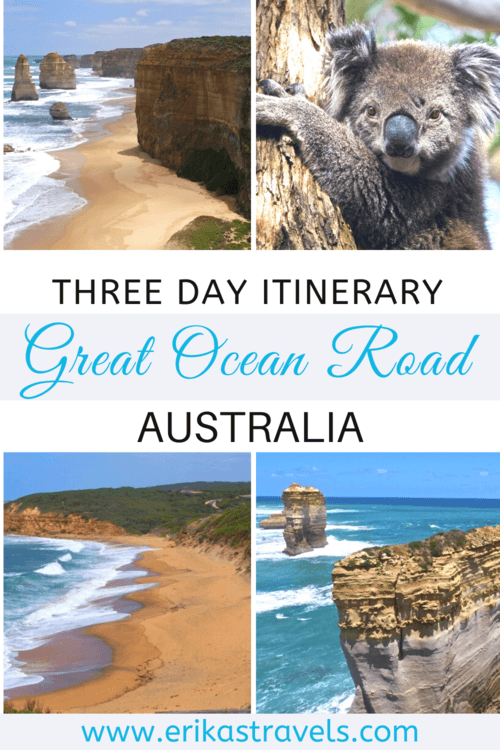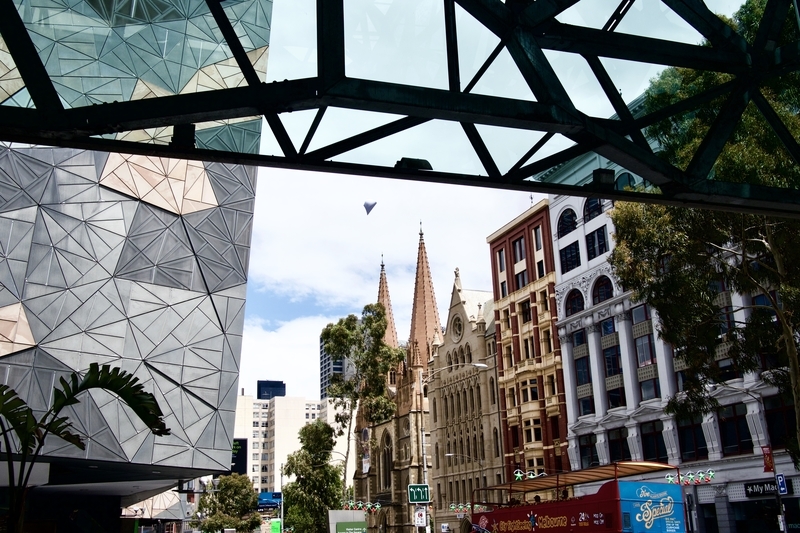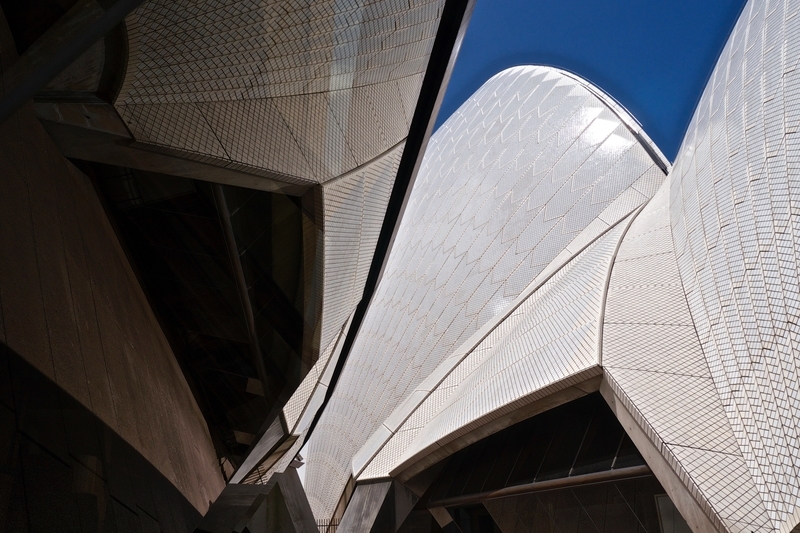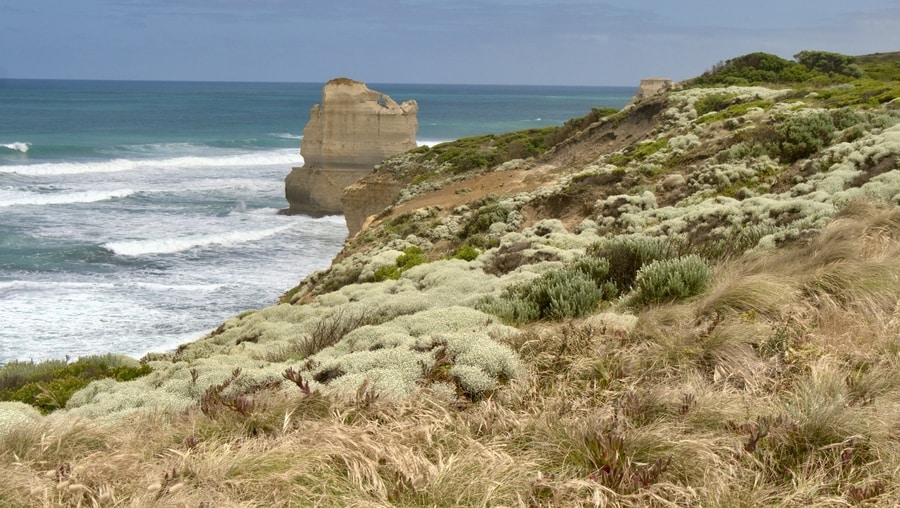
The Great Ocean Road in Australia: A Three Day Itinerary
The Great Ocean Road in Australia is a 151 mile ribbon of pavement that winds along seaside cliffs and wide sandy beaches. It is one of the world’s great road trip destinations and a highlight of travel in the Land Down Under.
The world-famous Great Ocean Road is a coastal highway that connects Melbourne and Adelaide. Along the way, it stops by quaint seaside towns, iconic landmarks, and wildlife-filled nature reserves.
Originally constructed as a work project for veterans returning from World War I, it is often regarded as the world’s largest war memorial and one of the most spectacular coastal drives on the planet.
THREE DAY GREAT OCEAN ROAD ITINERARY
Many people visit Australia’s Great Ocean Road in one day. However, racing around hairpin turns and zooming past lookout points in order to reach the Twelve Apostles, would mean missing out on some of the drive’s most memorable highlights.
After kicking off our unexpected trip Down Under with a visit to Sydney, we caught a flight to Melbourne and spent the next three days winding past the sandstone cliffs, the windswept beaches and the koala-filled canopies of the Great Ocean Road.
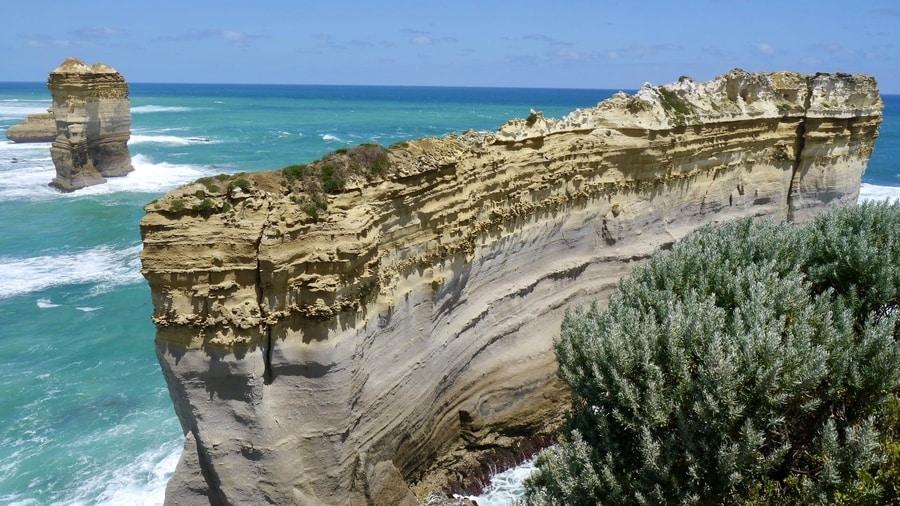
We spent three days along the Great Ocean Road and took our leisurely time driving the route between Geelong and Port Fairy. Our three day Great Ocean Road itinerary brought us past jaw-dropping coastal scenery and plentiful wildlife–including koalas, kangaroos and colorful birds.
Along the way, we stopped at many of the recommended stops on the Great Ocean Road. These stops—from viewpoints, to wildlife sanctuaries, to sweeping beaches—highlight some of the best places to visit in Australia.
GREAT OCEAN ROAD DAY 1: GEELONG TO APOLLO BAY
We began our three day Great Ocean Road itinerary in Geelong, about an hour west of Melbourne. Setting out from Geelong allowed us to avoid the notorious rush hour traffic of Australia’s second largest city and gave us the freedom to enjoy our first day’s drive at an unhurried pace.
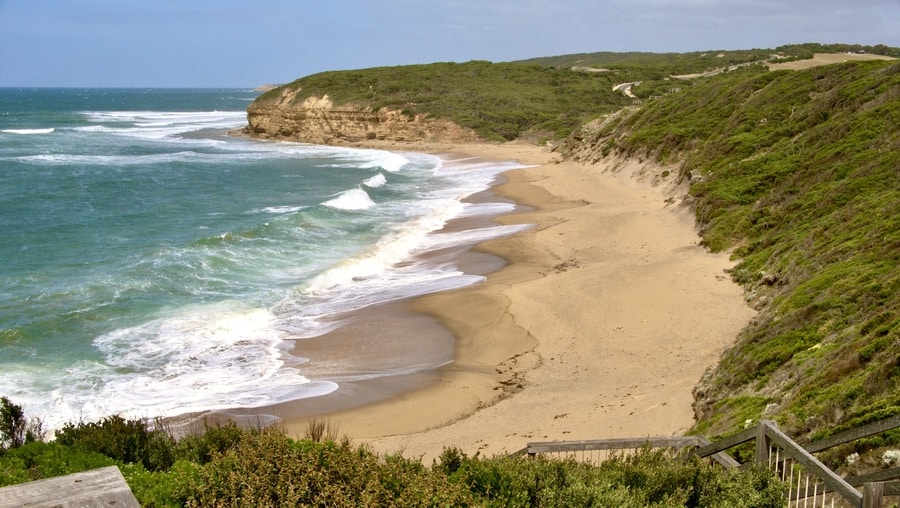
The winding coastal highway between Geelong and Apollo Bay brought us past precipitous landscapes and dramatic, windswept beaches. With each hairpin turn, we came face to face with towering cliffs and crashing waves. Some of the best surfing beaches in the world are located on this stretch of road.
-
ANGLESEA GOLF COURSE
Since we had no intention of leaving Australia without at least one kangaroo sighting, we stopped at the Anglesea Golf Course for a near-guaranteed opportunity of seeing Australia’s beloved marsupials. Nicknamed by National Geographic as the “Kangaroo Golf Club,” the Anglesea Golf Club houses more than 300 kangaroos. It didn’t take long before we spotted a troop of them darting around the putting green.
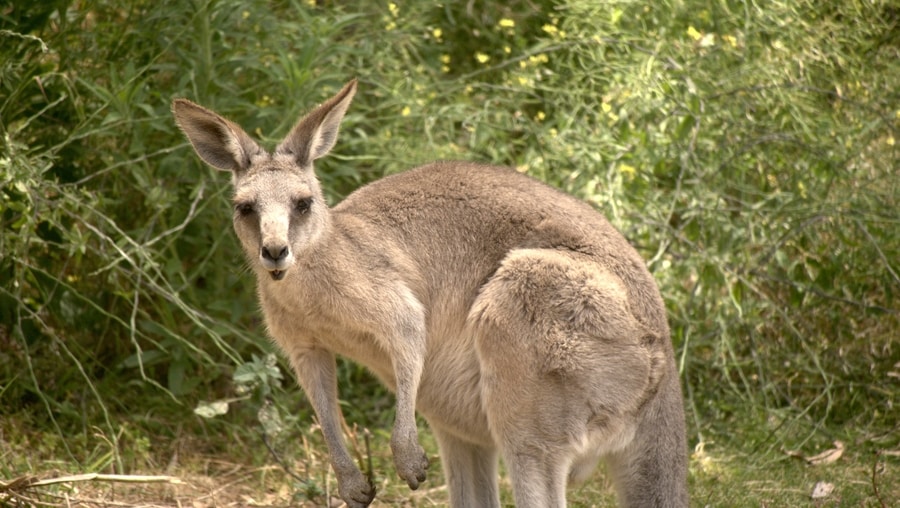
The kangaroos at Anglesea are attracted to the nitrogen-rich grasses of the golf course. Though there is a fence around the fairways, the animals can come and go as they please.
-
COASTAL LOOKOUTS
Satisfied with our animal encounters, we hopped back in the car and continued toward Lorne. Along the way, we stopped to admire the views at a number of places, including Point Addis, Airey’s Inlet and Teddy’s Lookout.
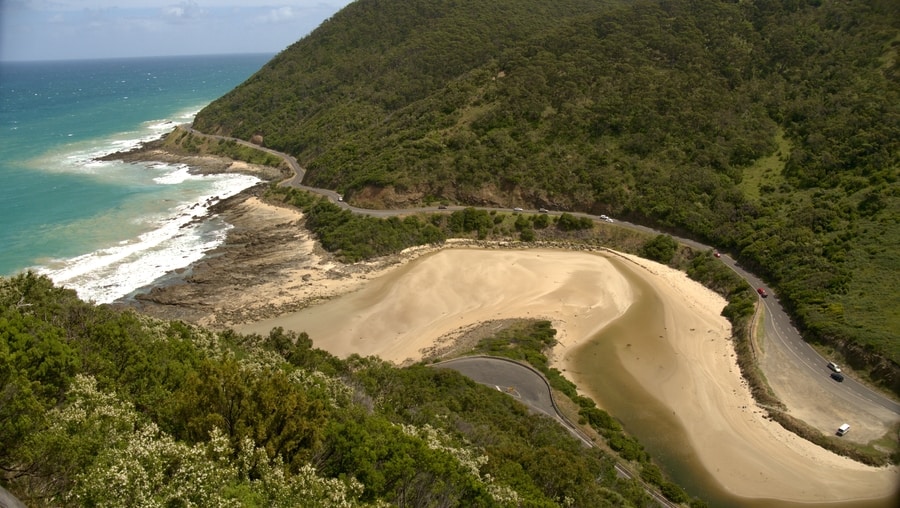
Lorne is a charming town that sits at the conflux of beach and rainforest. The seaside village is full of bustling cafes, unique boutiques and delicious fish and chips joints. We found it to be the perfect place to grab a bite to eat before heading onward, toward Kennet River.
-
KENNET RIVER KOALAS
Prior to driving the Great Ocean Road, I spent a lot of time researching where to see koalas. I’d expected challenges in spotting the eucalyptus-eating fur balls amongst the thickets of trees and wanted to maximize my chances of leaving Australia with at least one sighting.
Yet, though I expected my search for koalas to be fruitless, Kennett River did not disappoint. In fact, we had hardly pulled into the parking lot before spotting our first koala. Within minutes, we found furry friends everywhere we looked.
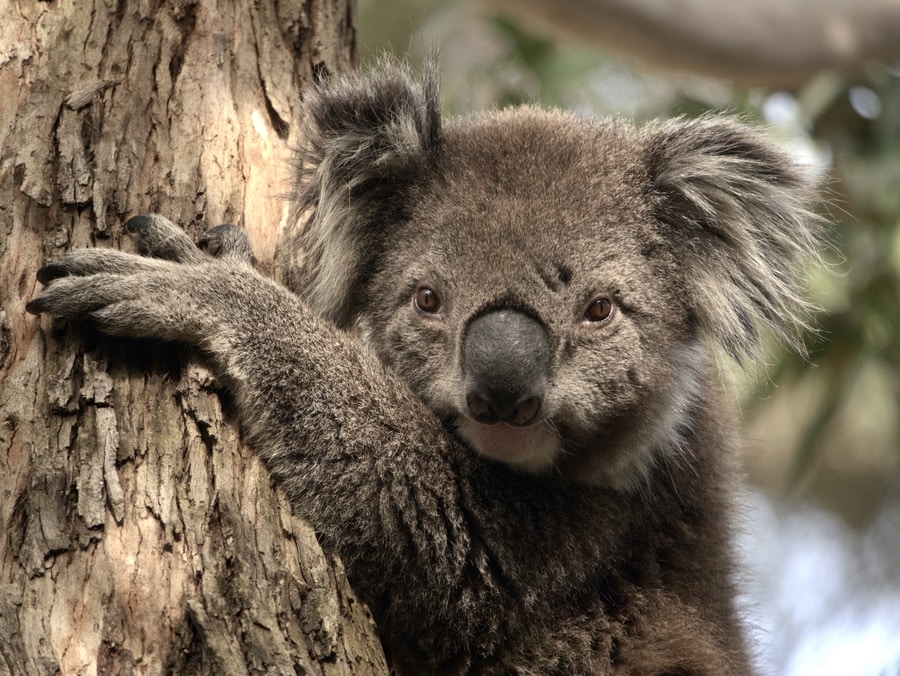
After nearly filling our memory cards with photos of cuddly animals, we stayed the night at the lovely Eco YHA Hostel in Apollo Bay—a perfect option for travelers who are backpacking Australia on a budget.
ITINERARY DAY 2: APOLLO BAY TO PORT FAIRY
On the second day of our Great Ocean Road itinerary, we drove from Apollo Bay to Port Fairy, before doubling back toward Port Campbell. Apollo Bay sits at the doorstep of the Great Otway National Park–a lush, rainforest-covered region with waterfalls, hiking trails and koala-filled canopies.
As we headed west from the Great Otway Park, the landscape began to transform. The winding ribbon of road turned inland, away from the coast. It passed through fields and farmlands for roughly forty kilometers, before cutting back to the ocean and revealing the Great Ocean Road’s spectacular sandstone monoliths.
-
THE TWELVE APOSTLES
While the first day of driving along the Great Ocean Road reminded me of the precipitous Highway 101 in Oregon, the second day was characterized by towering rock spires rising out of the sea. From the iconic Twelve Apostles to the Bay of Islands, the foamy ocean is littered with golden rock formations that have been chiseled and sculpted by winds and tumultuous waves. They rise from the turquoise sea, practically begging to be photographed.
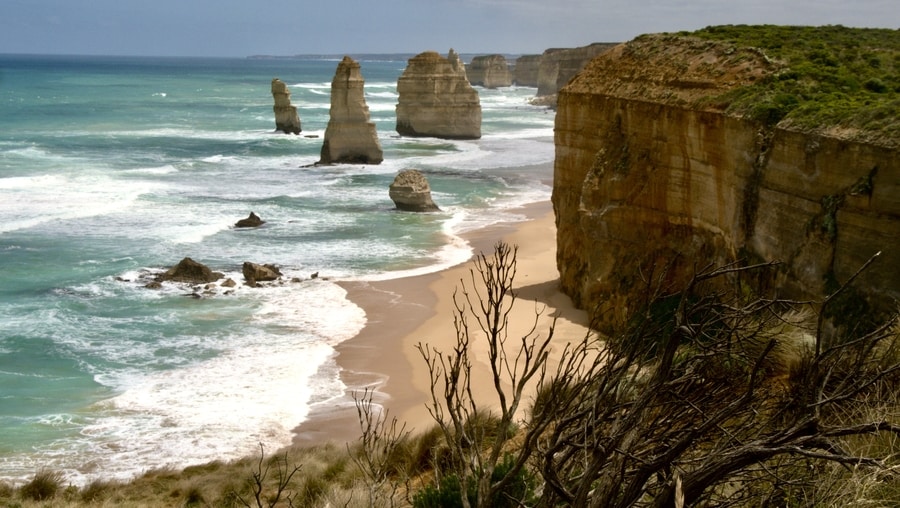
For most tourists, the Twelve Apostles are the undeniable highlight of the Great Ocean Road. And, judging by the size of the parking lot and the visitor’s center, it was pretty evident that many people had skipped the surrounding viewpoints and headed straight to the landmark attraction.
But skipping the nearby lookouts would be a real shame, for each destination along the road is more incredible and jaw-dropping than the last. Particular sights of interest along the way include the London Bridge, the Loch Ard Gorge, the Grotto and the Arch.
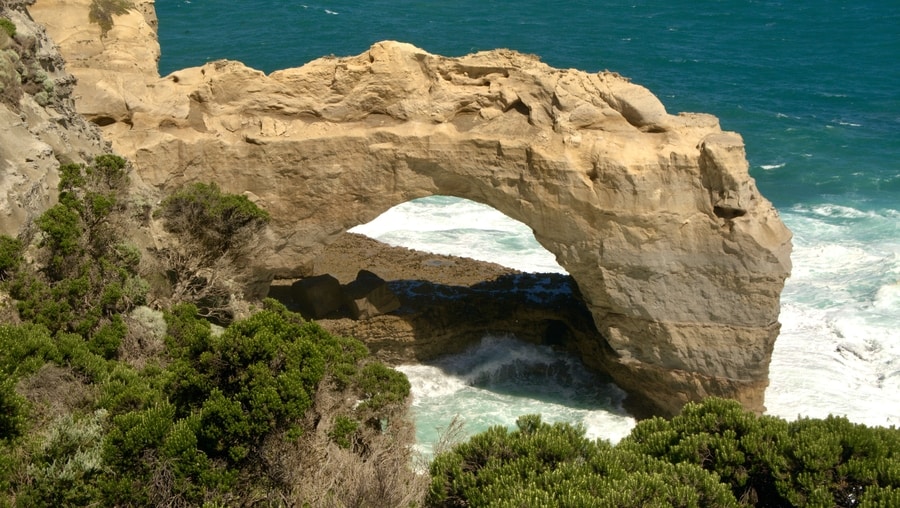
After oohing and ahhing at the marvelous scenery near the Twelve Apostles, we settled into our budget accommodation in Port Campbell and spent the late afternoon journeying toward the tiny lighthouse of Port Fairy.
-
TOWER HILL RESERVE
Our main objective along the way, was to visit the Tower Hill Reserve. Tower Hill is a shallow, inactive volcano that contains a crater lake and a scattering of scoria cones. The reserve is free to enter and contains numerous picnic areas and hiking trails.
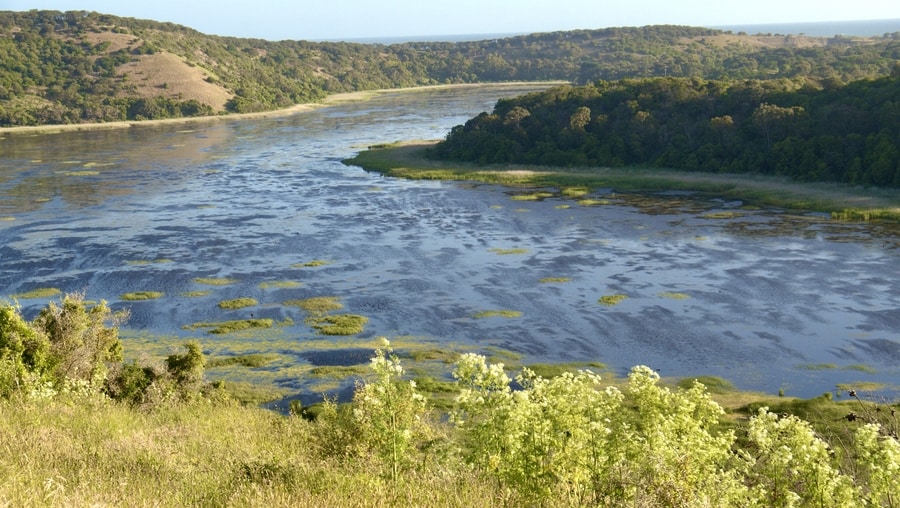
Though small, the park is arguably the best place along the road to see native Australian animals in their natural habitats.
While driving around the Tower Hill Reserve, we spotted emus, koalas and colorful birds. And when we passed by it later in the evening during our return from Port Fairy, we happened upon 68 kangaroos darting around an open field.
It was a wonderful way to cap off a long day’s drive through some of Australia’s most beautiful scenery.
ITINERARY DAY 3: RETURN FROM PORT CAMPBELL TO MELBOURNE
Had we had more time in Australia, I would have loved to spend extra days enjoying the delights of the Great Ocean Road. I would have loved to continue westward toward Adeleide and the Barossa Valley.
But with a limited itinerary and a return flight to the US on the horizon, we felt compelled to turn back.
As a result, our third day of driving consisted of retracing the route from Port Campbell to Melbourne. Along the way, we stopped at viewpoints we had previously skipped and spent time wandering the rainforest canopies of the Great Otway National Park.
-
GREAT OTWAY NATIONAL PARK
The Great Otway National Park is a 250,000+ acre natural area that stretches from Torquay into the hinterland. The park features rugged coastlines, sandy beaches, magnificent waterfalls and and dense forest.
Great Ocean Walk—a 91 kilometer path—passes through the national park and connects Apoollo Bay with the 12 Apostles. It is one of the top hikes in Australia.
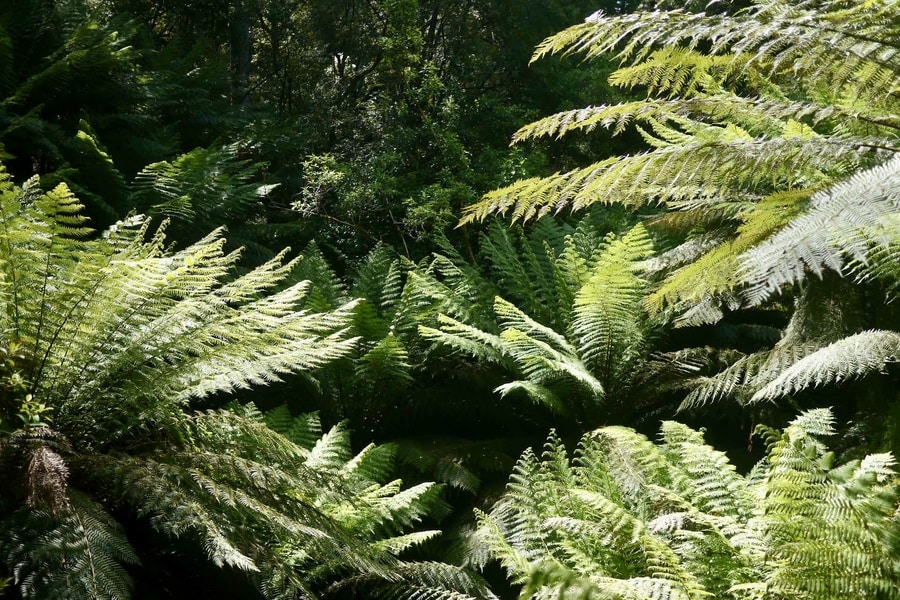
Though we obviously didn’t have the time to include a multi-day trek into our three day Great Ocean Road itinerary, we nonetheless enjoyed traipsing through the area’s dense canopies and keeping our eyes peeled for koalas.
WHERE TO STAY ALONG THE GREAT OCEAN ROAD
Australia’s famous coastal highway is one of the most beautiful roads in the world. And the best way to experience its grandeur is by divvying up the drive over the course of multiple days.
The villages and coastal towns along the drive house a wide array of accommodation options that suit all travel styles and budgetary constraints. We chose to stay at some of the area’s fantastic Youth Hostels. Others may want to splurge with more luxurious stays at the Anchors Beach house in Port Campbell or the Alkina Lodge inWattle Hill.
In addition to hotels, many of the towns along Australia’s southern coast have small guesthouses for rent. Travelers looking for a more intimate experience may want to stay in one of the many fantastic Airbnbs along the Great Ocean Road.
WHEN TO VISIT THE GREAT OCEAN ROAD
We visited the Great Ocean road in December, when top tourist attractions filled with road trippers, day trippers, and all in between. Though the temperatures were optimal during our visit, traveling in peak season also came with drawbacks.
To avoid peak season prices and crowds, February/March and October/November are the best times of year for travel along Australia’s Great Ocean Road.
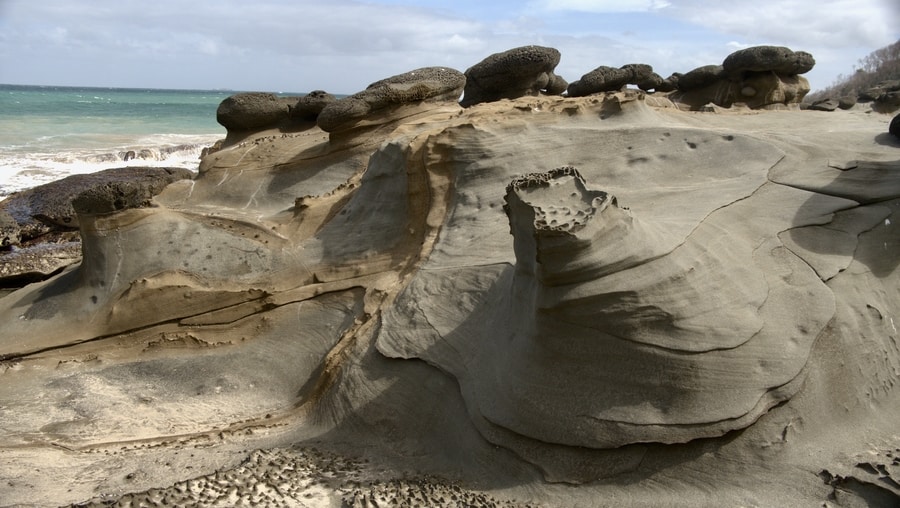
While spring and fall generally bring lovely weather, July-August see the gloomier days and colder temperatures. Since tourism tends to drop in Australia’s winter months, accommodation prices often drop significantly.
***
The Great Ocean Road is among the world’s top scenic coastal drives. Like the Pacific Coast Highway, the Amalfi Coast and the Cape Peninsula, the drive contains numerous places of interest and affords postcard-worthy views at every turn. It takes travelers past world-class surfing breaks, by calm seaside towns and through pockets of rainforest.
Driving the Great Ocean Road is about more than just racing to the Twelve Apostles. It is about soaking in the area’s spectacular scenery and admiring its fascinating wildlife.
I could have easily spent more than three days enjoying the coastal highway, and I am glad that we decided against visiting the area as a day trip.
For the true highlight of the Great Ocean Road is not a particular destination, but rather the ensemble of twists and turns and roadside views that comprise the entire 320km journey.
____________________________________
Did You Enjoy This Great Ocean Road Itinerary? Pin It!
